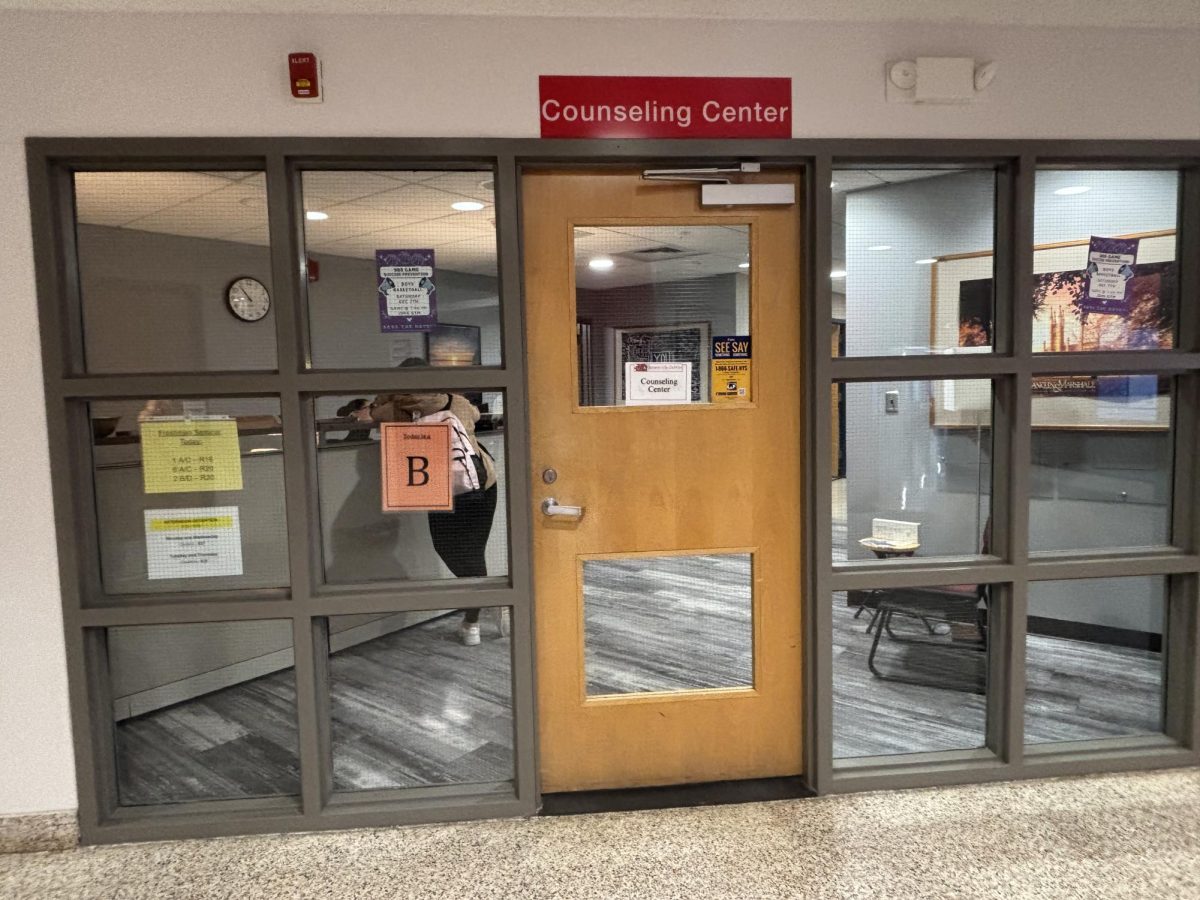Contributing Writer Colby Porter, ’20
DEWITT, NY — At Jamesville-DeWitt High School in DeWitt, NY, a class of just seven students look on as their teacher explains the grammar structures of a new lesson. This Advanced Placement (AP) Chinese class is part of the growing number of Chinese language programs in high schools around the country. At Jamesville-DeWitt, the program has existed for over a decade. Chinese was added as a language offering in order to prepare students for a more competitive job market in which Chinese language skills are highly valued.
The national trend of increasing Chinese education is recent, with most of the increase occurring in the last fifteen years. In the 2004-2005 school year, the American Council on the Teaching of Foreign Languages (ACTFL) estimated that national K-12 Chinese enrollment in a traditional school setting was approximately 20,000. By 2017, according to the same annual survey, this number had increased tenfold.
The increase in Chinese language education comes as a result of increasing awareness of the importance of China in global affairs. Many schools are focusing on modernizing their approach to foreign language education, moving away from languages that are seeing less robust demand such as Latin and German to languages such as Spanish and Chinese which are in very high demand.
The increase in Chinese language learners is expected to help fill the skills gap that exists between employers demand for speakers and the supply of people fluent in Chinese. According to an ACTFL survey of 1,200 U.S. companies, 33 percent of employers reported a shortage of Chinese speakers. This shortage of speakers was the largest among all languages with the exception of Spanish. In addition, the survey reported that Chinese was the second most in demand language, after Spanish, with 34 percent of employers reporting a reliance on Chinese speakers.
With demand for fluent Chinese speakers so high, one concern of employers and educators alike is keeping students engaged in Chinese so they become fluent. Chinese is known to be one of the most difficult languages for native English speakers to learn with the State Department estimating an average of 2,200 hours of classroom time in order to become proficient.
The difficulty of Chinese is clear when analyzing the data from the 2018 administration of the AP Chinese Language and Culture Exam. The AP Chinese exam is an exam administered by the College Board that tests Chinese knowledge equivalent to a fourth semester college Chinese class. That year, just 3,375 non-native Chinese speakers took the AP Chinese exam, with approximately 68 percent earning a passing grade. These numbers indicate that many students are either dropping out of Chinese education before they reach the AP level, or are simply choosing not to take the AP Chinese exam.
At Jamesville-DeWitt High School, the 12th grade AP Chinese class has just three students enrolled in it, out of a former 23 in ninth grade. The lack of enrollment caused it to be co-taught with the 11th grade class, which also suffered a sharp drop in enrollment to just four students. The class is taught in a Spanish classroom which means the walls are decorated with Spanish posters rather than Chinese posters.
Other schools around the country with Chinese programs face the same issues as Jamesville-DeWitt. These include a lack of interest from students, issues finding qualified teachers, and budget shortfalls. Yet they too prioritize Chinese as an essential class to prepare students for the future, even if only a few students are able to take advantage.

































